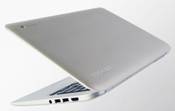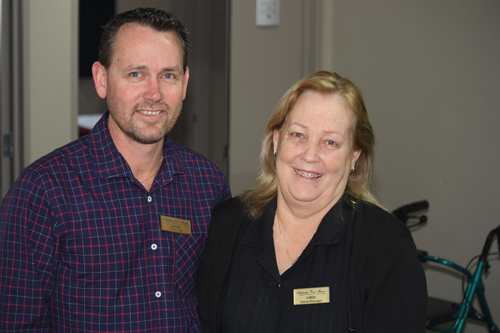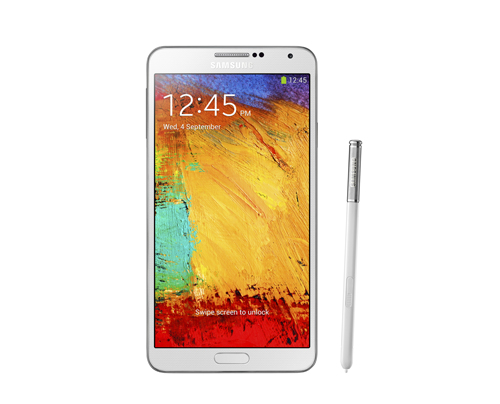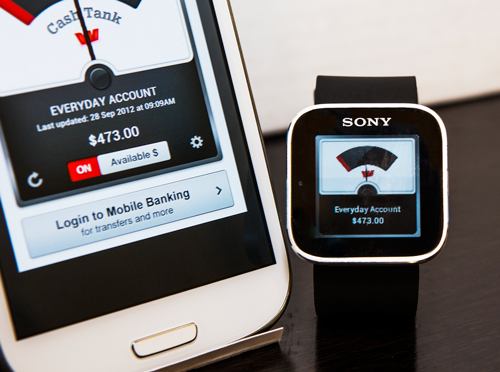Panasonic eyes 50 percent global share in ruggedised tablets
Rugged technology is growing in popularity with companies and individuals looking for computing solutions capable of handling the daily knocks and drops. That’s according to Panasonic Toughpad and Toughbook distributor […]
743
Rugged technology is growing in popularity with companies and individuals looking for computing solutions capable of handling the daily knocks and drops.
That’s according to Panasonic Toughpad and Toughbook distributor Comworth, which notes that when business processes depend on technology tools, rugged devices mean reduced support, dramatically lower hardware failures and longer-lasting computers – and all of that means a lower total cost of ownership.
Comworth product manager Erin Hamlyn points to market insight from VDC Research which indicates that tough technology is set to grow at a compound annual growth rate of 22%. “That’s solid growth and it is largely down to business buyers appreciating that spending a little more on the device acquisition cost means better performance for mobile workers,” she says.
Hamlyn adds that Comworth’s sales figures show consistent double digit growth for Panasonic’s rugged tablet devices from month to month. The Toughpad-branded machines are available as a choice of a full Windows 8, Intel-based machine, or Android-powered tablets in 10.1 and 7-inch form factors.
While growth of ‘standard’ tablets continues, that rate is slowing, says IDC analyst Jitesh Ubrani. "Year-on-year growth is beginning to slow as the tablet market approaches early stages of maturity," he noted in an August 2013 statement.
Meanwhile, Panasonic globally is looking for a dominant market share in the rugged tablet computer market by 2015. While it presently holds some 22% of this emerging market, Panasonic Corporation’s IT Products Business Division head Hide Harada made the company’s intentions clear at a recent (July) press conference in India that “We expect to capture 50% of the global market in ruggedised tablets by 2015 on the back of increased focus on sectors like logistics, retail and manufacturing.” The company’s Toughbook range, launched in 1997, commands a 60% share of the ruggedised laptop market globally.
Hamlyn says companies in New Zealand are helping drive that growth as they increasingly realise that rugged technology is a far better option, especially for those who work outdoors but still need a computer. “We’ve got Toughpads and Toughbooks at major construction companies, District Councils, in agricultural settings and in the automotive industries. Many of these users have tried standard technology, only to experience high failure rates as consumer-grade products are not designed to handle vibration or the knocks and drops of a working environment.”
Devices like the Toughpad and Toughbook range are certified splash- and dust-proof and can be dropped from over a metre without missing a beat. “In any business setting, when technology is depended upon but stops working, it causes frustration and costs money. Rugged technology prevents these sorts of stoppages, with failure rates a fraction of those of standard computers,” Hamlyn notes.
An IDC study found that 19.6% of notebooks used in U.S. businesses break or require repair at some point in their lifetime; the company estimates a cost to an organisation of US$2,373 for each notebook PC that suffers damage (an estimate which it says does not take into account disruptions due to loss of critical data).
What causes damage? IDC’s research answers that question, too: ‘Human error and carelessness during everyday work situations are the greatest sources of damage caused to notebook PCs. When respondents were asked how their systems break, 72% indicated that the devices were dropped while being carried, 66% said liquid was spilled onto the devices, and 55% said the devices fell off a desk or table.’
“Companies in New Zealand and around the world are appreciating this risk and mitigating it by looking to introduce rugged mobile technology where it makes sense. When the buyers and users of outdoors technology experience a laptop or tablet that can be dropped, have liquid spilled on it, operate in a dusty environment and which offers a screen viewable in sunlight, they make sense of it immediately,” Hamlyn concludes.






